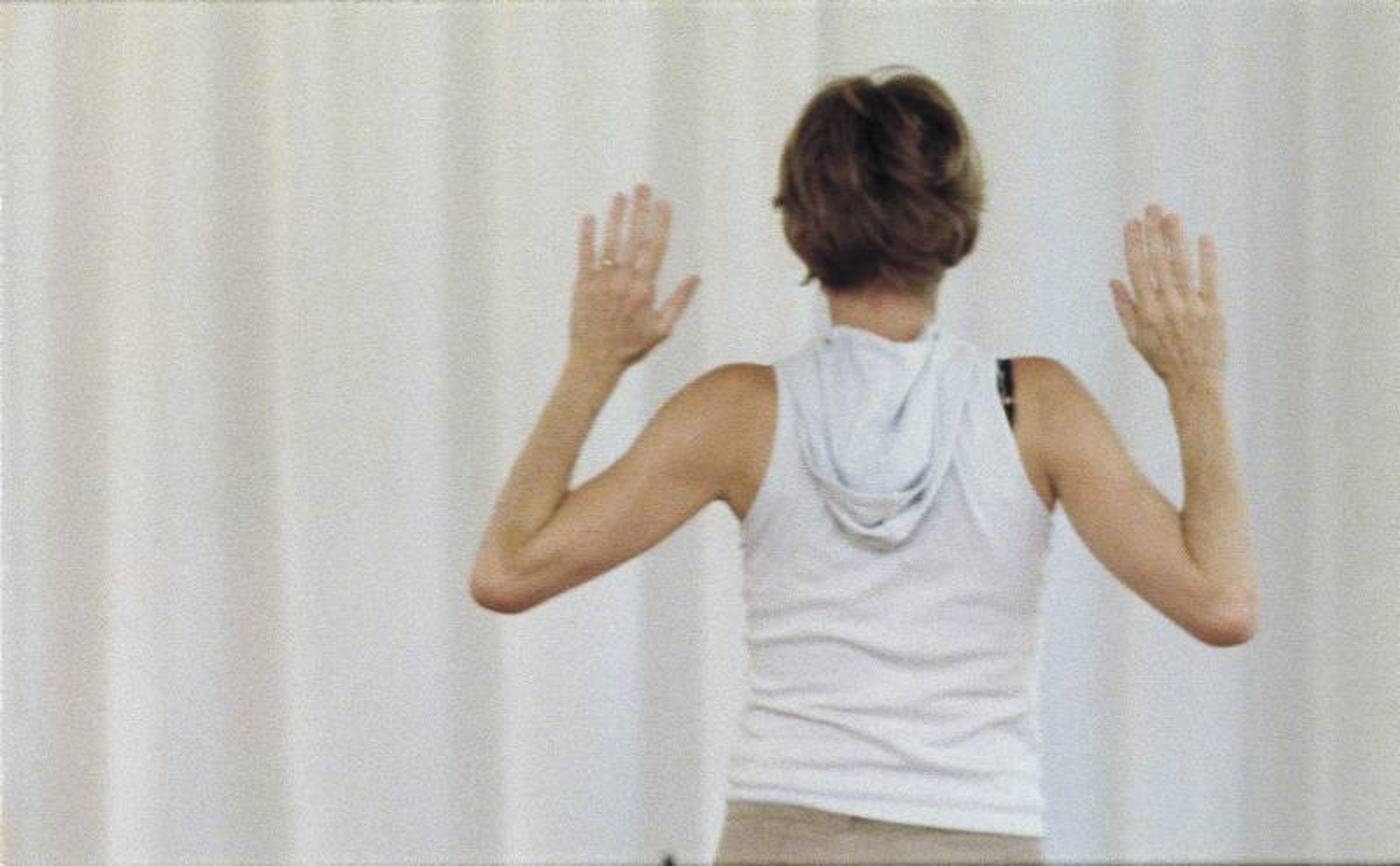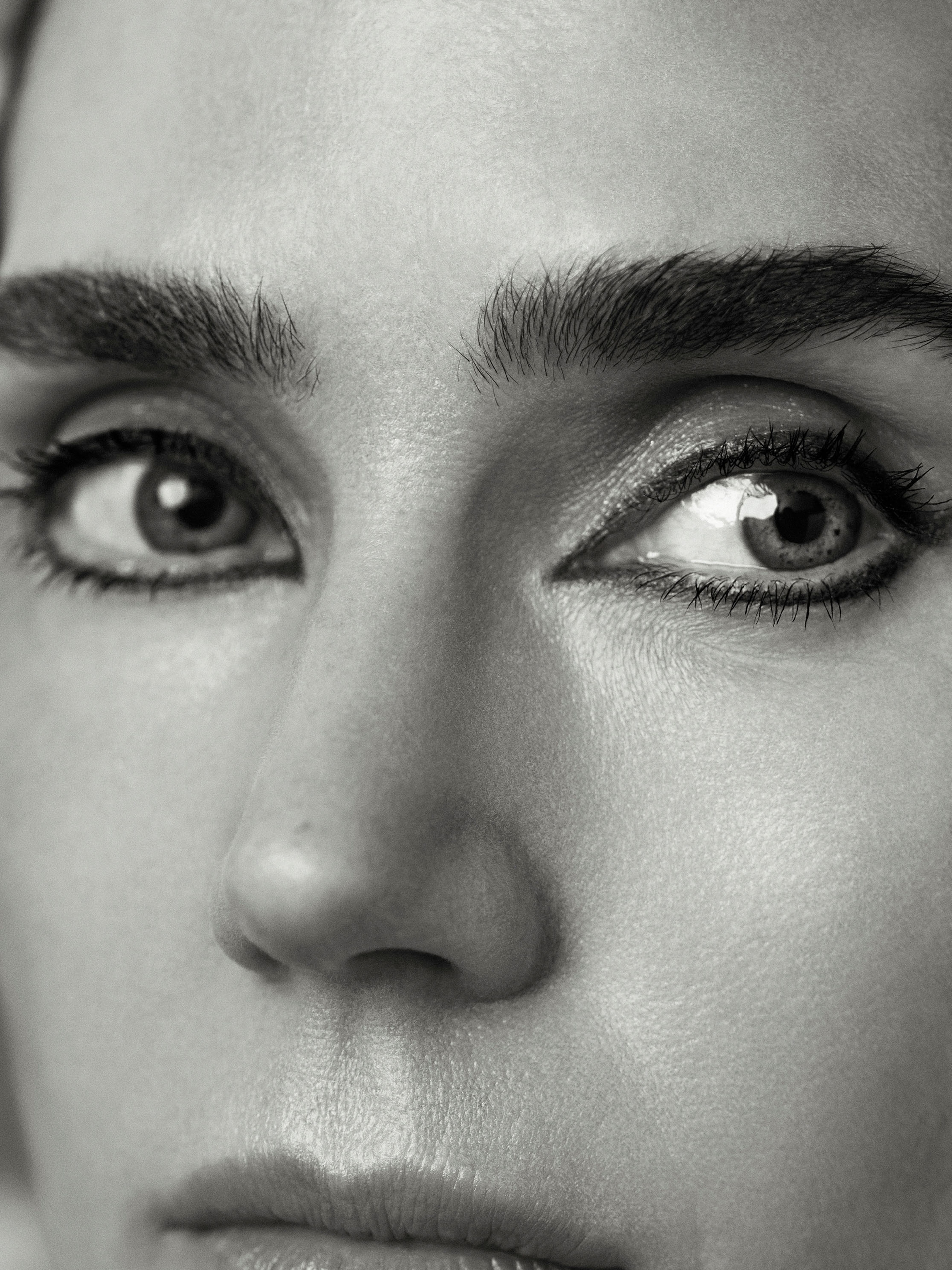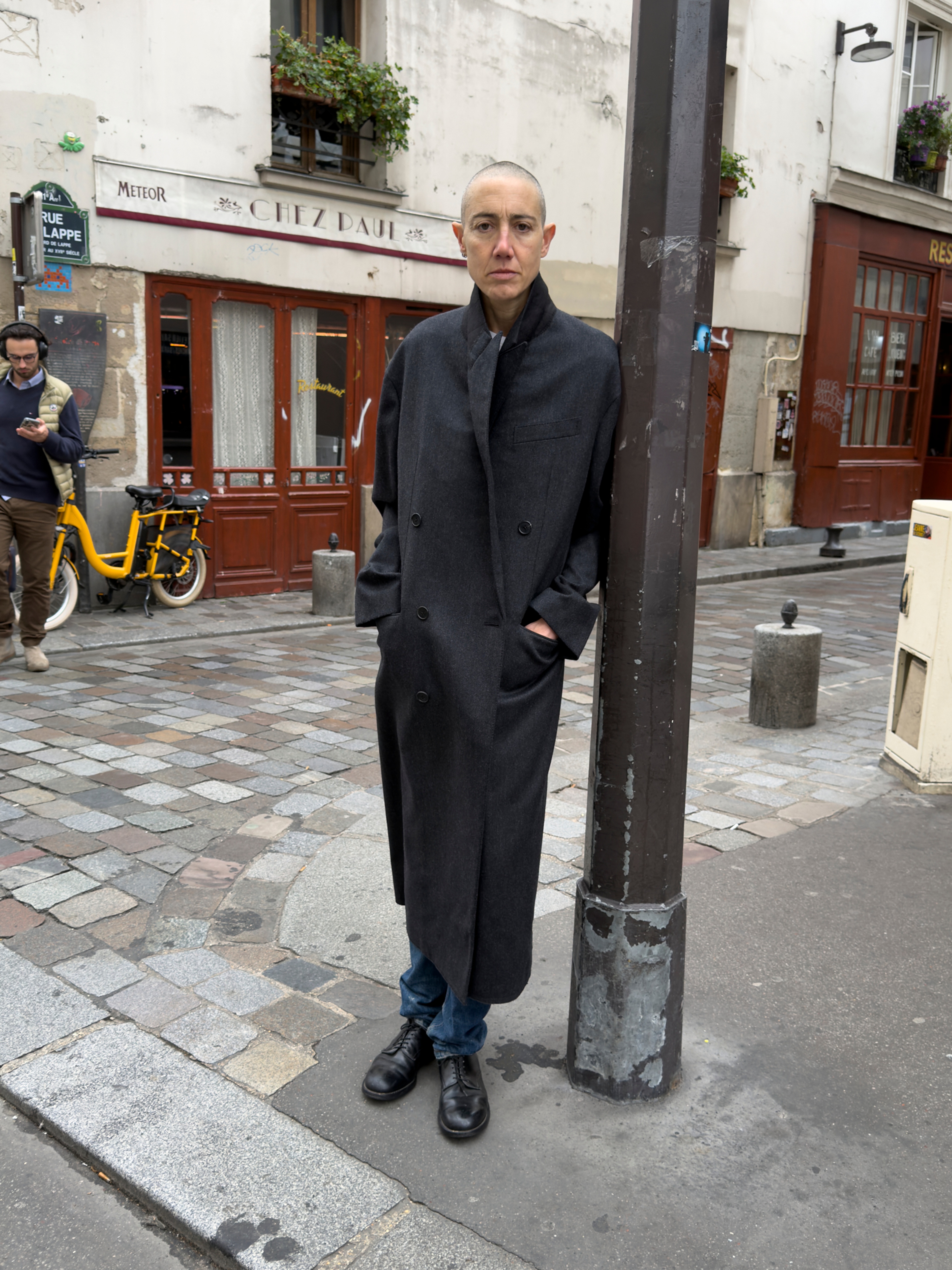Noise
ALTERED MOTION: CLAIRE DENIS
ALTERED MOTION: CLAIRE DENIS
Words: 1579
Estimated reading time: 9M
CHARTING claire denis’ ENDURING fascination with screen-DANCE
By Tia Glista
From its inception, cinema has been obsessed with dance. In the 1890s, both the Lumiére Brothers and Thomas Edison worked vigorously to show off the capacities of moving image technology by using it to record moving bodies; in these spectacular early shorts, dancers like Annabelle Moore and Loie Fuller float and spin, making marvelous and intricate shapes, not totally unlike the popular TikTok dances that populate algorithms today. Since dance had only been recorded by photographs previously, the intervention of film allowed for a dancer’s movement to become seemingly infinite, intoxicatingly repeating over and over again, extending through time and space.
As cinema evolved, however, film did more than simply record dance—instead, the camera became a dancing partner. A wallflower no longer, the cinematographer might pas de deux with a performer, turning around them, coming in close, and penetrating the frontal barrier of the stage. In post-production, certain choices in editing and framing might be added to enhance rhythm, to guide the eye, to plunge audiences themselves into motion. A hundred years after the first dancers were recorded on film, French director Claire Denis offered perhaps one of the best examples of the power of screen-dance with Beau Travail (1999): Following French legionnaires in Djibouti, the curt, militaristic training rituals of young men become swooping and balletic under the camera’s intimate gaze, focalizing muscles and limbs poised in the ambiguous gap between eros and aggression. The film culminates with an ecstatic number by one of its stars, Denis Lavant, who tears it up to Corona’s “Rhythm of the Night” in what is implied to be a post-suicide afterword.
This has frequently been cited as one of the greatest endings in cinema history, but Denis’s fascination with dance on film does not end there—throughout her storied career, one can find a sensuous attention to rhythm, gesture, and choreography that underlines her visual language (thanks in large part as well to the work of her longtime collaborator, cinematographer Agnès Godard). Though much has been said about her recurrent obsessions with sex and violence in film, for Denis, the dancing body provides something equally—perhaps even more—seductive and cathartic; critic Moeko Fujii has called dance something like “the kinetic poetry of the ordinary” in her work. Indeed, 2025 marks 20 years since the release of one of Denis’s few documentary ventures, Towards Mathilde (2005), an investigation into the work of Mathilde Monnier, director of the Montpellier National Centre for Choreography, as she prepares an elite group of modern dancers for a performance called Déroutes. Not especially concerned with narrative or exposition, it is motion by which Denis is guided—it is a film more invested in the muscles than in the mind, perhaps. (Or a film that reminds us, in the words of the iconic dancer Yvonne Rainer, that the mind is a muscle.) This is true even of the film’s title, which suggests an approach to its subject rather than an encapsulation of her; we sidle up to, tarry with, and draw near Mathilde, but she is never fully known by us.
Appropriately, it is also a projected movement that is indexed by this preposition, “towards,” and Towards Mathilde is an exemplary lesson in the entanglement of dance with cinema, exceeding the latter’s function as mere recording instrument. As dancers warm up, walking quickly in a circle, the camera spins around with them, dizzyingly tracking feet and shoulders that wag up and down. Denis’s camera likewise follows the dancers’ performance of isolations—exercises in which the focus is on one particular body part—and the rhythm of the shots are sequenced in coordination with the dancers’ gestures. In the absence of a score, the soundtrack is often drawn from the hum of the camera’s motor, again weaving together filmmaking with choreography. Several sequences are also shot in dark studios with minimal light—what little illumination there bounces off Mathilde’s skin, so that we see only her head and hands traveling through shadow. All the elements of cinema—light, sound, editing, camera movement, framing—collaborate with the motion of the dancers.
Such visual and sonic entanglements create the feeling that the film is itself a moving, breathing, twirling, twisting body. As the avant-garde filmmaker Amy Greenfield has argued, in dance film, “outer body and inner sensation are conflated,” where spatiality, editing, and rhythm contribute to not only our optical sense of what a dancer is doing, but also a kinesthetic notion of what they are feeling. In this way, the film is not so much interested in an objective viewpoint of a performance, but in the intimacy of subjectivity. One shot of dancers climbing—perhaps even wrestling—one another is framed up close, such that their bodies appear to imitate the poses of ancient statues locked in conflict; however, a follow-up shot from a different angle reveals the weight of their breath, the strain of their legs to hold them, and then finally, their collapsing apart. Film therefore reveals something of the effort behind the movement, a perspective lost to the position of watching only the final product from the other side of the proscenium. (Considering that Mathilde worked with dancers one-on-one for the first two months to find patterns and shapes, rather than imposing a set of movements that had been preordained, this emphasis on process is crucial.)
Even when Déroutes is finally staged, Denis’s account of it is not straightforward, but uses split-screen effects and close-ups, manipulating—or collaborating with—the dancers’ bodies. Dance film is therefore an art in its own right, a complementary choreographic technology, and few have mobilized the enmeshment of the two forms as effectively as Claire Denis. As she told Beyond Noise in a recent conversation with her collaborator Suzanne Lindon, a film for her works best when it is at first like “a tight knot, [which leads to] that moment when, suddenly, it’s less tight.” Her movies dance us into something like “the freedom to go toward that looseness.” They unravel the partition between performer and audience, between knowing and feeling, crossing (or jeté-ing across) thresholds.
This isn’t a simple effort to create ‘immersion’ or ‘empathy,’ however; rather, under Denis’s precise gaze, dance oozes subtle forms of feeling rather than providing obvious forms of exposition. In Beau Travail, combative legionnaires Galoup (Lavant) and Sentain (Grégoire Colin) circle one another like gladiators poised to fight, and yet the grace and elegance of their movements also betrays a latent eroticism; their bodies do not speak so much as feel and evoke. In her earlier film Nenette et Boni, it is also through dance that the camera—and Boni (also played by Colin)—falls in love with the beautiful baker’s wife, whose effortless movements while wiping down a bar or carrying loaves of bread float and seduce. In the case of Towards Mathilde, the evocative powers of dance are diffuse, seen even in the ways in which the camera focalizes Mathilde’s gestures while she discusses the performance with her crew: Her expressive hands are always mobile, never still, and we are enraptured by them, drawn ineffably to their fluttering. What this says about her exceeds language, contributing to Denis’ investments in feelings and acts beyond the rational or explainable, her love of the (often chaotic, unbearable) energy pulsing quietly beneath all life.
Mathilde says, “whenever you make an incursion into space, that space is altered,” comparing the motion of dancers to making marks on a paper. Denis’s cinematic incursions reach across space and dance with us, and it is true: We leave them altered.

A hundred years after the first dancers were recorded on film, French director Claire Denis offered perhaps one of the best examples of the power of screen-dance with 'Beau Travail': Following French legionnaires in Djibouti, the curt, militaristic training rituals of young men become swooping and balletic under the camera’s intimate gaze, focalizing muscles and limbs poised in the ambiguous gap between eros and aggression.
ALL IMAGERY
© CLAIRE DENIS
Beyond Noise 2025
ALL IMAGERY
© CLAIRE DENIS
Beyond Noise 2025

